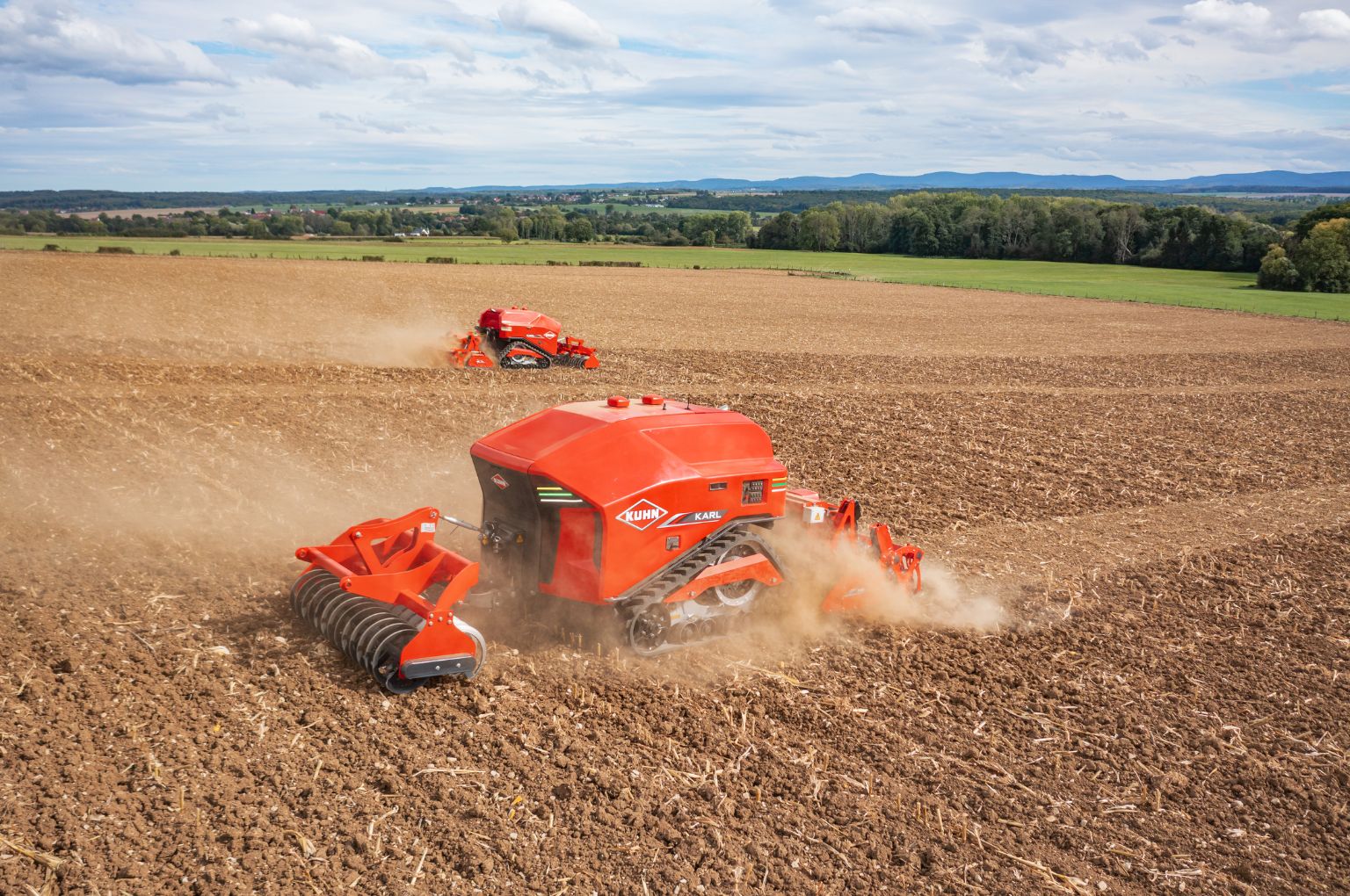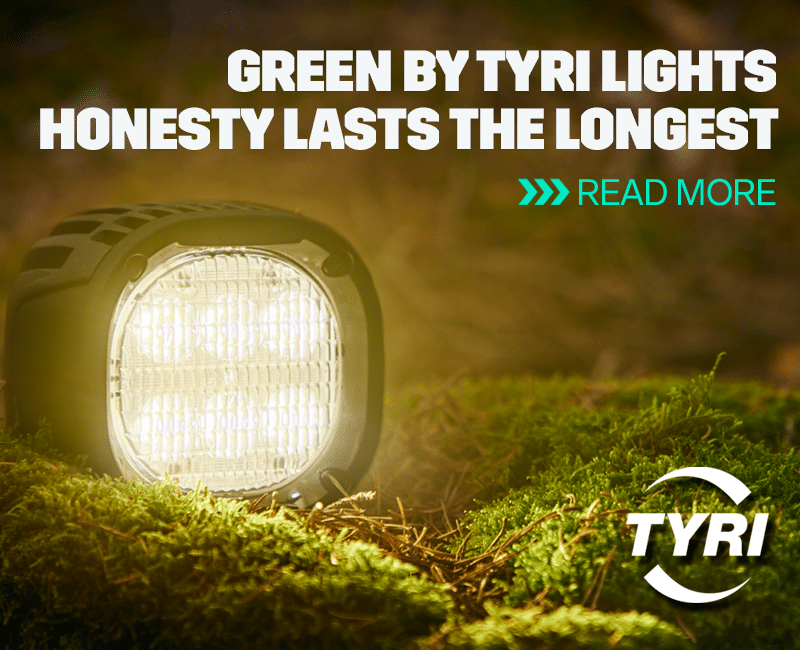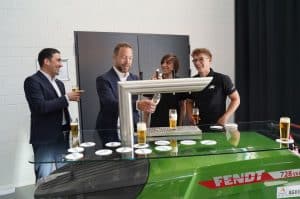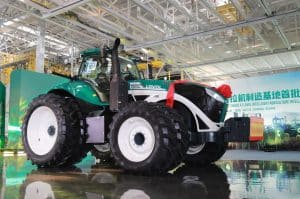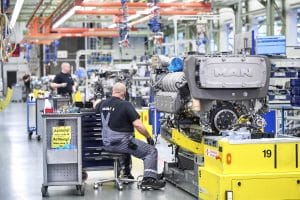Having proven itself in ARTEC’s self-propelled sprayers, Volvo Penta’s D5 engine was the obvious choice to jointly with the KUHN Group develop a new era of autonomous solutions for farmers. The result is the KARL autonomous vehicle, of which a prototype was displayed during the recently held Agritechnica trade show, last November in Germany.
KUHN’s KARL autonomous multifunctional field tool performs all the typical tasks of an agricultural tractor without requiring an operator to be onboard. Behind the machine’s latest state-of-the-art software and electronics, is a more familiar piece of engineering, the Volvo Penta D5 in-line four-cylinder diesel engine.
Since 2016, Volvo Penta has been the main engine partner of the French self-propelled sprayer manufacturer. The D8 and D5 units proved themselves on ARTEC’s F40 EVO and RS20 designs respectively. The company was therefore the obvious choice when engineers from the OEM, and its KUHN Group parent, decided to scale up the original KARL prototype, with Volvo Penta technology and its flexible platform.
“As an engine partner, rather than just an engine supplier, we provided input to this project at an early stage, around two years ago,” explains Benjamin Deysieux, Business Engineer, Volvo Penta. “The fact that the D5 was already used on ARTEC’s self-propelled sprayers, helped drive the decision. Another major reason was that its 5.13 liters from four big cylinders make numerous power nodes available, all the way up to 238 hp. Today it offers 172 hp, with lots of power and torque at low RPM. But, as this prototype may eventually gain some weight, we have plenty of latitude to provide even more power from the same installation and footprint.”
Volvo Penta’s expertise and experience with ARTEC’s production machines much helped in developing KARL’s layout. Located at the front of the robot, where it receives maximum airflow, the cooling system was optimized to ensure the most reliable performance in dusty applications, such as when working on dry soil.
With no need to cater for an operator, the D5 literally sits at the very heart of the 2.5 m (w) by 4m (L) by 2.3m (ht), 5.8-tonne KARL. Situated in a low, central position, rather than upfront as with ordinary tractor designs, it provides benefits in terms of the center of gravity and weight distribution. Soil compaction is further reduced by the absence of an operator and the use of electrically driven skid-steer-style tracks.
Self-propelling prophecy
Electric drivelines are not the usual arrangement in agricultural vehicles but allow for much easier autonomous tool control.
“Our D5 is coupled with a variable-speed generator that powers an electric traction driveline,” explains Benjamin. “Once we’d ensured the engine could handle the stress of driving the rotor, this diesel-electric installation couples the reliability of a Volvo Penta engine with simple, flexible and super-high-efficiency power distribution. This system will become increasingly common on medium-sized machines in the future, just one more reason why this project represents the agriculture of tomorrow.”
“We use Volvo Penta’s D5 and D8 engines for our self-propelled sprayers and have had a good experience,” says Thierry Leroueil, Director at ARTEC.
“Agricultural machinery is changing, as robotized solutions become the future of farming, and we accept the challenges,” concludes Anders Konradsson, Vice President Global Industrial Sales at Volvo Penta. “We are proud to support the KARL project from KUHN.”
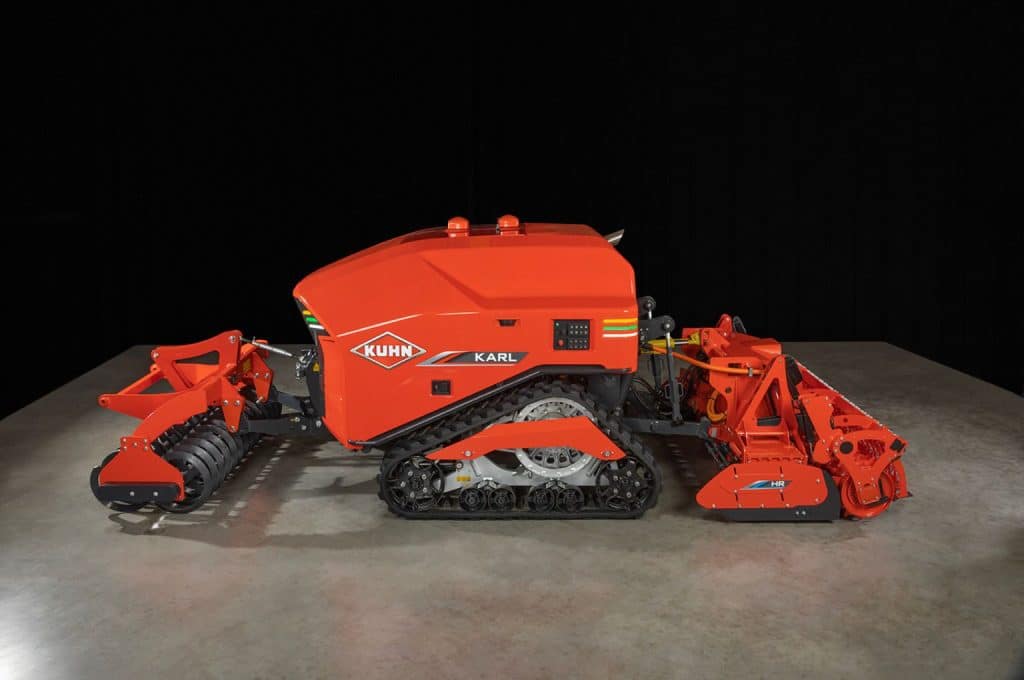
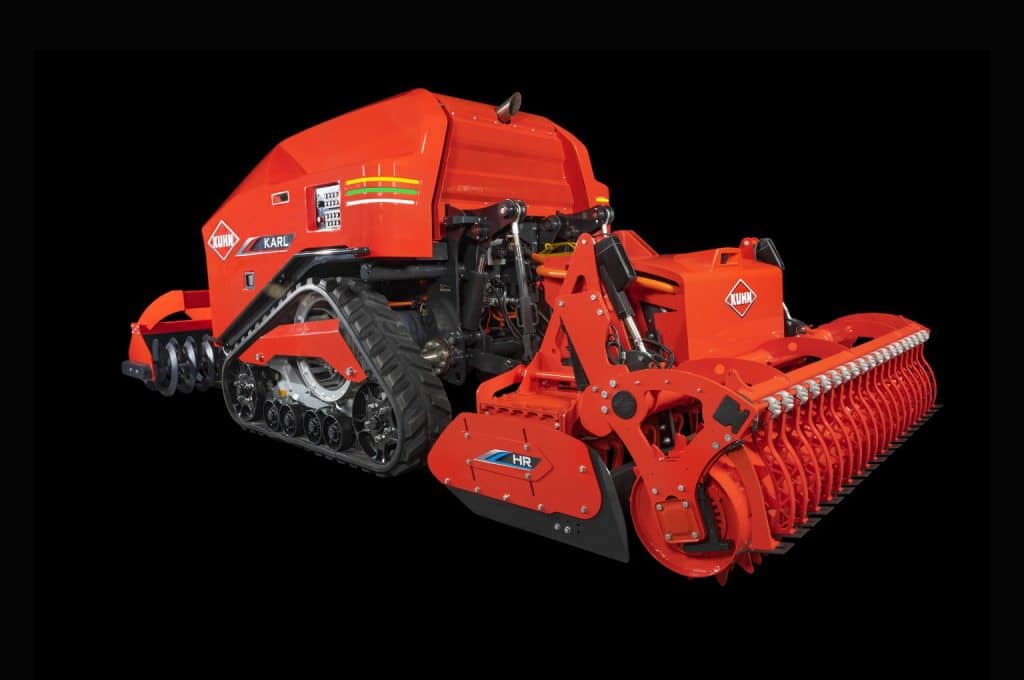
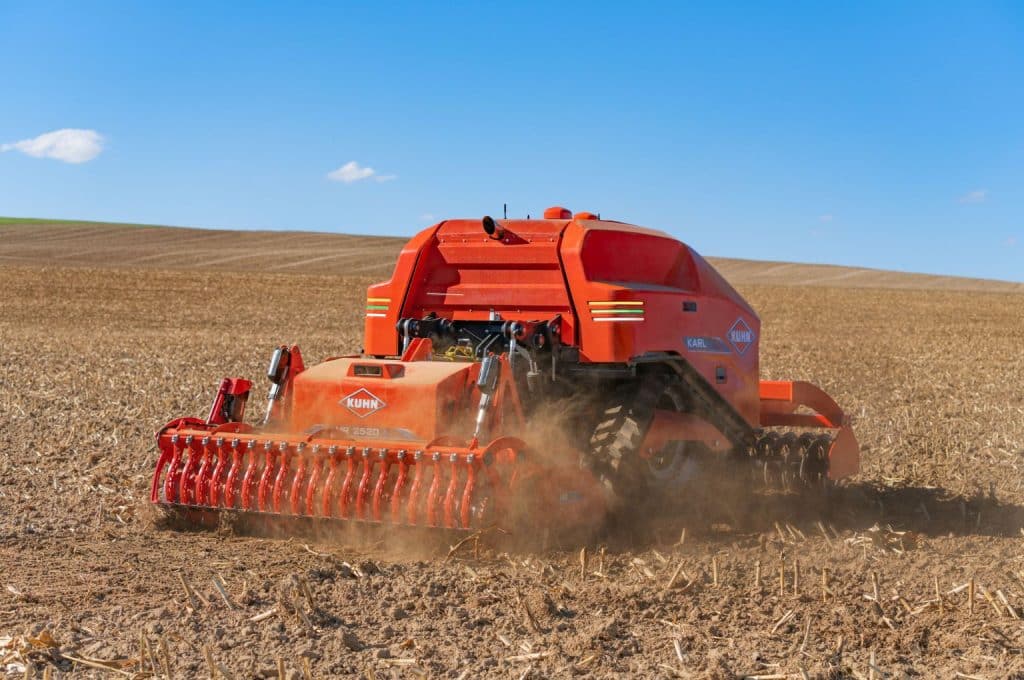

![RightSpot Ad Template Digital-1400×190-px[76] Ag Leader RightSpot](https://world-agritech.com/wp-content/uploads/elementor/thumbs/RightSpot-Ad-Template-Digital-1400x190-px76-r316mmc0hgoob9qxmklllnnbxta1nlj7t2vjkoyeek.png)

